Snorkeling for Wildflowers
It’s spring in the Northern Rockies…that time of year when the rest of the country is well into what they call “spring,” while in Montana winter and warmer weather hold daily contests as to which will have the upper hand. A warm, sunny, shirtsleeve day is likely to be followed by a drift of new snow before dawning again, warm and bright.
The traditional signs of spring have long since arrived. The haunting call of Sandhill Cranes and twangs of mating flights of Common Snipe punctuate the air. Male Redwing Blackbirds have staked out their terrain against their competition, but sit awaiting the leisurely arrival of the females. The Robins have been in the Gallatin Valley for weeks, yet are often forced to hunt for earthworms under four inches of new snow. The harbingers of spring have arrived, but where is spring?

Gripped by cabin fever, I want to get out. The snowline has lifted, at least for the day, to 7,000 feet, allowing access to some of the Gallatin Nation Forest’s extensive network of trails. My choice of trail has taken into account aspect and terrain, and I elect more open exposures. The darker, cooler exposures will be given time to shed more of their winter cloak. Footprints in the soft earth tell us we are not the first to venture out to enjoy the Gallatin National Forest. While the dogs investigate rodent holes and vole earthworks, I look for the true signs of spring — those signaled by warming soils and receding snowlines — the wildflowers.
From previous hikes I know to look for the proper habitat niche of my favorites, and true to nature’s seasonal rhythm, they begin to show themselves. As I hike up a trail on state land, I see that Spring Beauty, Pasqueflower, Missouri Iris, and Shooting Stars have returned to their open field haunts. The Sugarbowls and Prairie Smoke are on their way. Guarded by sharp thorns, the Hawthorn thickets are just starting to stir while the Choke Cherry and Saskatoon will soon be covered in white blooms. Leaving the open foothills behind and entering the montane or forested environ, I encounter a different variety of color and texture. Here, as everywhere, the wildflowers are indicative of soil and moisture conditions. Glacier Lily, Leopard Lily, and Wild Trillium appear amid the woods. Red Twinberry and the Fairybells’ paired flowers hide beneath emerging leaves.
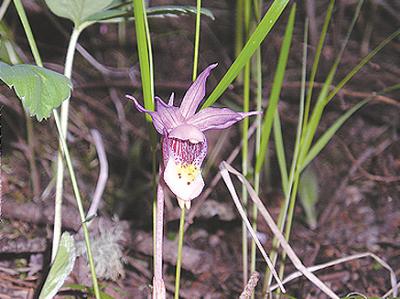
I am “land snorkeling,” to use a term coined by artists Clyde Aspevig and Carol Guzman (visit http://landsnorkel.com). I am out under the big sky country of Montana, but I am looking down and around. Like snorkeling over a reef, I am looking at the patterns of color and texture, seeing what new growth has cast away the soil and winter’s decay. I am aware of where the sun has warmed a southern exposure, recognizing that northern exposures are weeks behind in their awakening. Land snorkeling allows me to turn a hike into an experience. Not limited to the expectation of hiking four miles with an elevation gain of 1,200 feet, burning sufficient calories to enjoy two glasses of good wine with locally grown lamb, I am anticipating much more.
John Muir once observed, “When I discovered a new plant, I sat down beside it for a minute or a day, to make its acquaintance and hear what it had to tell.” Taking that sound advice, I kneel down to observe a plant whose identity I am unsure of, like a snorkeler descending to better examine the terrain. The plant is being coy; I will have to wait for it to show more of itself. Out of the corner of my eye, a speck of pink attracts my attention. Dropping to both knees, I peer beneath some shrubs. There, standing less than three inches tall are two Fairy Slipper Orchids. They are spectacular in form and color. With a background lit by Glacier Lily, they are a treat for the eye. Having now attuned my eyes to their minute presence, other Fairy Slippers appear as if by magic, each exquisite in its pink and purple finery.
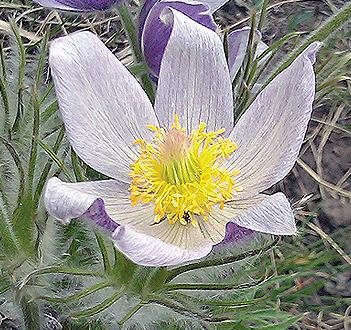
I have been interested in the outdoors since childhood. I spent my youth rambling though woods and fields, sometimes on a mission, but often just open to experience. My initiation as a land snorkeler in the Northern Rockies began when ranching in the Teton Valley of Idaho in the 1970s. Over the years and rambles across the Greater Yellowstone Region, my interest grew. In 2011, I authored Flora of Montana’s Gallatin Region to provide outdoor enthusiasts with a field guide to the wildflowers, grasses, shrubs and trees of the region. Published by the Gallatin Valley Land Trust, all proceeds from the sale of this book go to GVLT and the Big Sky Community Corporation. Typical of the Montana’s character, a conversation in the summer of 2011 with a biologist friend about “when are you developing the app” led Bozeman native Katie Gibson and I to form High Country Apps (see first sidebar).
A glance at my watch tells me it’s time to turn around. The good news is that I will be back. I am fortunate to be able to wander the region’s vast network of trails — the results of the hard work of many organizations including the Gallatin National Forest, Gallatin Valley Land Trust, and the Montana Land Reliance. In addition, organizations like the Montana Outdoor Science School continue to help the community better understand and appreciate the natural world. Whether walking the dog, hiking, riding or cross-country skiing, these trails are the lifelines of the community, stitching people together with landscapes in a way that brings mental and physical health, an appreciation for nature, and a reminder that we are the land’s stewards.
The Field Guide Goes Hi-tech
Increasingly the field guides we once toted in our backpacks can now be found on our smart phones and tablets. Along with our maps and GPS, field guides on birds to mammals to mushrooms are available as apps (applications). While many of us will continue to carry a well-thumbed guide, apps offer several advantages, most importantly the ability to query. The Flora of the Yellowstone Region provides a good illustration. The app contains 295 species of plants readily found in the area. You can flip through it like a book, learning about the plants, seeing detailed pictures and descriptions. But you can also sea rch its database by characteristics, including flower color, leaf shape, habitat, and season. Instead of attempting to find that “yellow whatsamacallit with heart-shaped leaves” from among 295 plants, the query shows you the seven species that share those two characteristics. In addition, such apps are continually updated with new information and species. To learn more about Flora of the Yellowstone Region, visit www.highcountry apps.com.
Gallatin Valley Land Trust
Founded in 1990, the Gallatin Valley Land Trust (GVLT) conserves southwest Montana’s heritage of open landscapes, working farms and ranches, healthy rivers, and wildlife habitat; and creates trails to connect people, communities, and the land. GVLT is a member-supported, accredited nonprofit organization governed by a volunteer Board of Directors representing the communities that we serve.
In the past 22 years, the Gallatin Valley Land Trust has proudly partnered with 88 visionary and generous families in Gallatin, Madison, and Park counties to conserve over 38,000 acres (56 square miles) of prime land using voluntary conservation easement agreements. We work with private landowners to help limit development while keeping irreplaceable landscapes in private ownership and management. Each easement is tailored for the property’s unique resources and the landowner’s vision.
GVLT has also helped expand the Main Street to the Mountains trail system to over 60 miles in length, providing recreation, transportation, and a connection to nature. Last year, our trails program engaged volunteers in more than 2,000 hours of trail stewardship, including weed pulling, fence removal, and trail resurfacing.
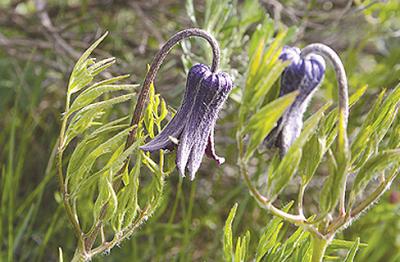
To celebrate our achievements, we have several public events throughout the year. On Saturday, June 2nd we will celebrate National Trails Day with volunteer trail building and maintenance projects, a mid-day lunch, and afternoon group hike. Friday, June 22rd boasts our Longest Day of Trails. This event is scheduled to occur near the Summer Solstice. It is a dawn-to-dusk (5 a.m. to 10 p.m.) membership drive that highlights GVLT’s work to expand, improve, and maintain our community trials. Headquartered at Montana Ale Works, it features bike rides for all ages and abilities on Bozeman Main Street to the Mountain trails and an evening party at Ale Works. We hope you will come join us.
Our work would not be possible without our partners and engaged supporters who believe in the work we do. We are grateful to everyone who makes our vision and our mission possible. For more information about GVLT, please visit our Web site at www.gvlt.org, call us at (406) 587-8404 or visit us at 25 N. Willson Ave, Suite E, Bozeman, Montana.


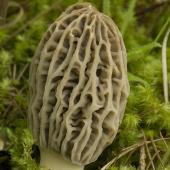


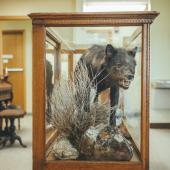



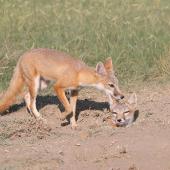
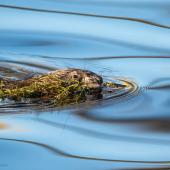

Leave a Comment Here